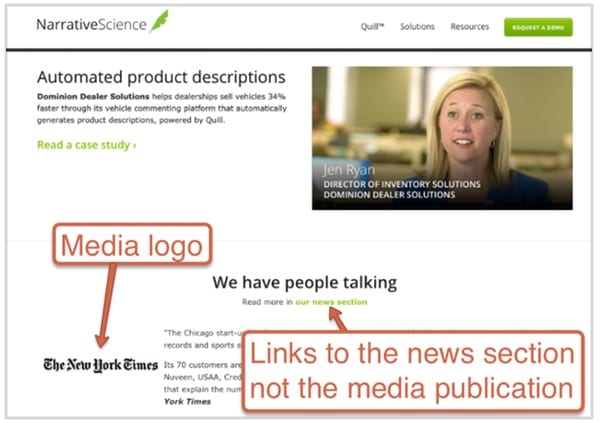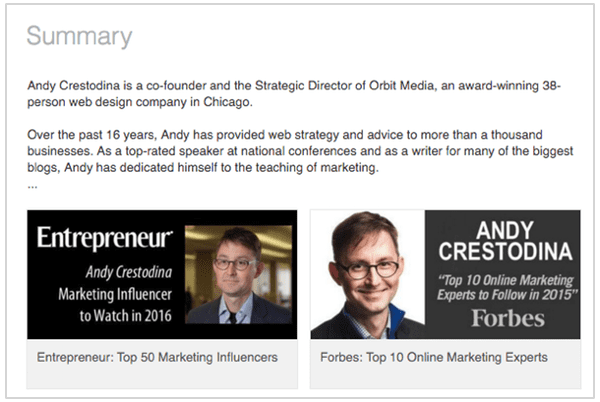This article originally ran on PR Daily in August of 2017.
The benefits of a media mention go far beyond SEO.
Here are tips on getting the most out of that coverage.
1. Look for the link.
If a media mention links to any page on your website, you’re having a great day for search engine optimization. Links to your website give you authority, and authority increases the likelihood that anything on your domain willrank.
This is why PR pros have so much power to affect search rankings. To capitalize, however, you must understand the value of links and capture the opportunities of press mentions.
[RELATED: Join us for our 10th anniversary of the Employee Communications, PR & Social Media Summit at Microsoft]
To measure the value of a link (or a potential link), enter the URL of the publication’s website into Open Site Explorer. This will show you its “domain authority.”

Every link matters, but links to your site from authoritative sites matter much more. Try to win mentions (and links) from any site with higher domain authority than your own website.
Actively seek mentions and links to your website on a regular basis. When you understand the value of external links and their impact on search rankings, you look at media coverage differently. Eventually, you look at your PR differently, and you strategically create content that is worthy of press and links.
If you’ve been mentioned by the press and that mention didn’t include a link, politely ask that the publication link back to you. If they do, celebrate. If not, move on.
2. Add an annotation.
Months or years from now, it will be hard to remember what caused a traffic increase. Perhaps even days from now, someone on your team might ask about that spike in traffic. Adding a note into Google Analytics will help.
Annotations are tiny notes that appear under the timeline in Analytics reports. Add them by clicking the tiny, gray triangle below the timeline on any report.

You can type in a note associated with any day. When you do, start the note with “press” to differentiate it from annotations about other things, such as newsletters or website changes.
3. Add an “as seen in” logo on your home page.
The “halo effect” is a bias we all have built into our brains. When you see the logo of a credible brand on a website, the site looks more credible.
If the publication that mentioned you is a well-known brand, take a minute to add the logo to your home page. It doesn’t have to link to the article. It’s better if it doesn’t; you don’t want visitors to leave your website.

If you reference the coverage in your news section, you can link to the piece there.
4. Put an excerpt in your news section.
Linking to a story is fine, but to keep your visitors from leaving, write a summary of the article and include excerpts. If you sketch the gist, readers won’t feel the need to click away.
You can also pull out the piece’s best quotes and add those to your top page or your marketing materials. Quotes from a respected source convey trust and credibility; they can seem like a testimonial or an endorsement.
5. Update your LinkedIn profile.
Add a short list of all the places you’ve been mentioned in your social media profiles—especially LinkedIn. These can appear as text, or you can create a small graphic that shows the name of the publication and the title of the article. This can be added as “media” to your summary. The dimensions are 280 pixels by 135 pixels.
Here’s what I whipped up for my LinkedIn page:

You can also add links in the “Publications” section of your LinkedIn profile.
6. Order a mounted plaque.
If you have a physical space with a lobby area, hanging a plaque that features positive coverage can build trust in your brand with anyone who walks through the door.
The warm glow of coverage can be fleeting, so it’s nice to have something a bit more tangible. If you follow the tips above, however, your good fortune might not be so fleeting after all.
Andy Crestodina is strategic director of Orbit Media. A version of this post first ran on the Orbit Media blog.
(Image via)
from PR Daily News Feed https://ift.tt/2vlIcGy
No comments:
Post a Comment